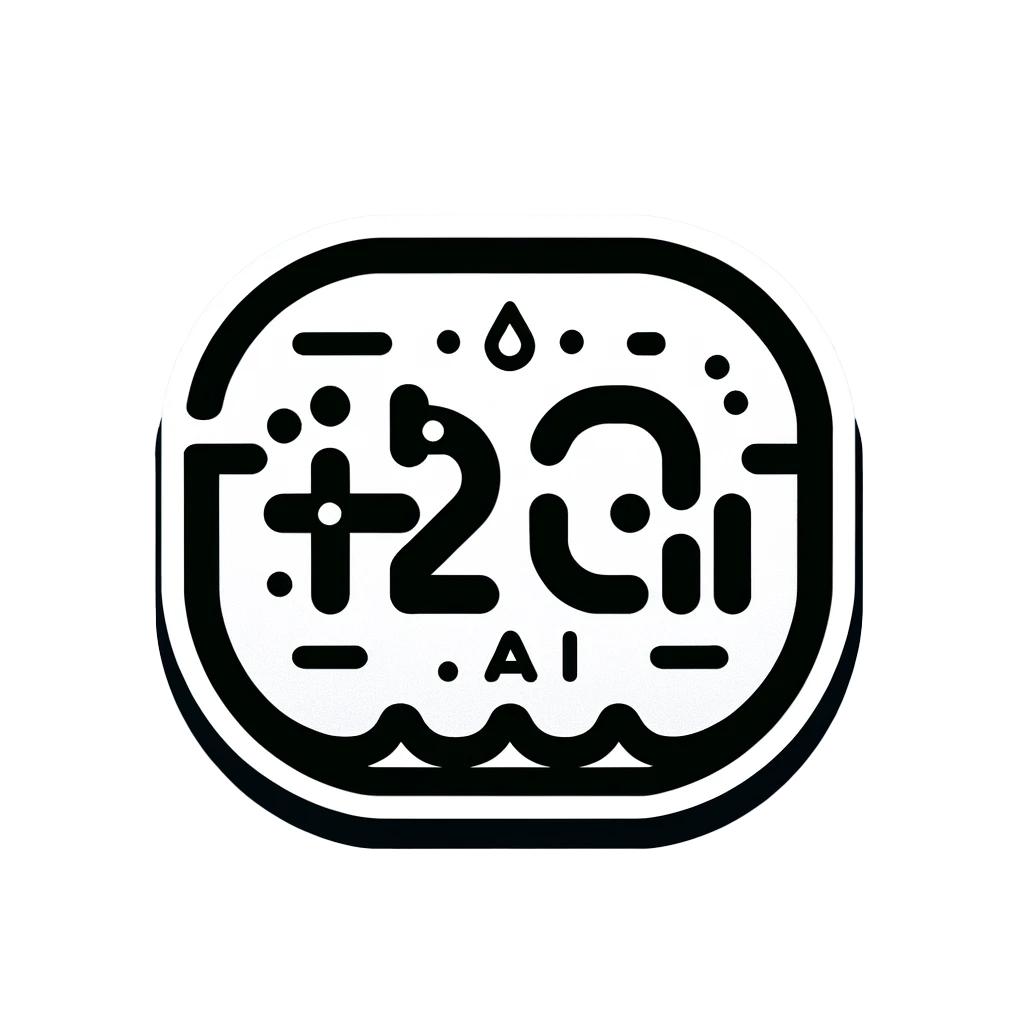In the dental industry, optimizing workflow efficiency and reducing overhead costs are key factors in maintaining a healthy bottom line. AI-driven automation offers powerful solutions to these challenges. This comprehensive guide outlines six actionable steps that dental practices can implement to utilize AI and ML for enhancing profitability and compliance.
Step 1: Automate Appointment Scheduling and Patient Reminders
Why It’s Valuable: Automating these processes reduces no-shows and optimizes the use of office hours, which directly impacts revenue.
How to Implement:
- Integrate AI-powered scheduling tools that can automatically fill cancellations and adjust appointments in real-time.
- Use machine learning models to predict peak times and manage appointments accordingly.
Step 2: Streamline Patient Onboarding
Why It’s Valuable: Efficient onboarding speeds up patient processing and reduces administrative burdens, leading to higher patient throughput.
How to Implement:
- Deploy AI systems to extract data from patient forms and directly input information into your practice management software.
- Use custom GPTs to answer common patient questions during onboarding, ensuring all information is accurately collected and recorded.
Step 3: Enhance Diagnostic Accuracy
Why It’s Valuable: AI enhances diagnostic capabilities, reducing errors and improving patient outcomes, which can lead to increased patient trust and more referrals.
How to Implement:
- Implement image recognition AI to assist in the analysis of X-rays and dental imaging, providing second opinions to dentists.
- Use AI to monitor patient histories and suggest potential issues based on patterns that may not be immediately obvious to human practitioners.
Step 4: Ensure Compliance and Efficient Reporting
Why It’s Valuable: Compliance is critical in avoiding legal repercussions and maintaining operational licensing; efficient reporting saves time and resources.
How to Implement:
- Use AI to automate the generation of compliance reports and ensure that all patient data handling meets regulatory standards.
- Implement blockchain to securely store and handle sensitive patient information, providing an immutable record for compliance purposes.
Step 5: Optimize Inventory Management
Why It’s Valuable: Effective inventory management reduces waste and ensures necessary supplies are always available, which can significantly cut operating costs.
How to Implement:
- Employ predictive analytics to understand usage patterns and automatically reorder supplies before they run out.
- Integrate your inventory management system with AI to track trends and adjust orders based on predictive needs.
Step 6: Improve Billing and Revenue Cycle Management
Why It’s Valuable: Efficient billing directly impacts cash flow and profitability by minimizing delays and reducing errors in the payment cycle.
How to Implement:
- Use AI to automate invoice creation and tracking, ensuring that all services are billed accurately and promptly.
- Implement ML models to analyze payment data and identify patterns that could indicate potential delays or issues in the payment process.
Conclusion
By implementing these six steps, dental practices can leverage AI and ML technologies to not only pass profitability plateaus but also achieve new heights in efficiency and patient satisfaction. As AI and ML continue to advance, the potential for their application in dental practices will expand, offering even more opportunities for growth and improvement.






